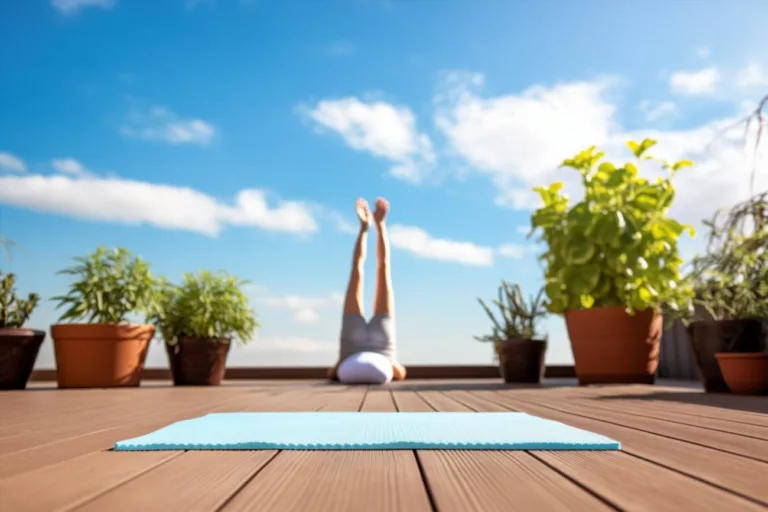Welcome to our comprehensive guide on the reverse plank exercise. In this article, we will delve deep into the world of reverse planks, exploring their benefits, proper technique, variations, and much more. Whether you are a beginner looking to add a new exercise to your fitness routine or an experienced athlete aiming to master this challenging move, you’ve come to the right place.
What Is a Reverse Plank?
Before we dive into the details, let’s clarify what a reverse plank is. The reverse plank is a bodyweight exercise that targets multiple muscle groups, with a primary focus on the core, lower back, glutes, and triceps. It involves lifting your body off the ground while facing upward, creating a straight line from your head to your heels.
How to perform a reverse plank
To execute a reverse plank correctly, follow these steps:
- Start by sitting on the floor with your legs extended in front of you.
- Place your hands on the ground just behind your hips, fingers pointing toward your feet.
- Press through your palms and lift your hips off the ground, engaging your core and glutes.
- Keep your legs straight and your toes pointing forward.
- Ensure your body forms a straight line from your head to your heels.
- Hold the position for a specific duration, depending on your fitness level.
- Gently lower your hips back to the ground to complete one repetition.
It’s crucial to maintain proper form throughout the exercise to maximize its effectiveness and prevent injury.
Benefits of reverse planks
Now that you know how to perform a reverse plank, let’s explore the numerous benefits associated with this exercise:
| 1. Core Strength | Reverse planks engage your core muscles, helping to strengthen and tone your abdominal region. |
|---|---|
| 2. Improved Posture | Regularly incorporating reverse planks into your routine can promote better posture by strengthening your lower back muscles. |
| 3. Glute Activation | This exercise targets your glutes, helping you achieve a firmer and more lifted rear end. |
| 4. Enhanced Flexibility | Reverse planks require flexibility in your shoulders and hip flexors, promoting overall body flexibility. |
| 5. Triceps and Arm Strength | Your triceps and arm muscles are also engaged during this exercise, contributing to upper body strength. |
These are just a few of the many advantages that the reverse plank can offer to your fitness journey.
Reverse plank variations
For those looking to challenge themselves or add variety to their workouts, here are some reverse plank variations:
- Single-Leg Reverse Plank: Lift one leg off the ground while maintaining the reverse plank position for added difficulty.
- Reverse Plank with Leg Lift: Raise one leg and hold it in the air for a few seconds before alternating to the other leg.
- Reverse Plank with Arm Reach: Extend one arm forward while keeping your hips lifted for an extra balance and core challenge.
Frequently Asked Questions (FAQs)
Q1: How often should I include reverse planks in my workout routine?
A1: It’s recommended to perform reverse planks 2-3 times a week to allow your muscles to recover between sessions.
Q2: Can beginners try the reverse plank exercise?
A2: Yes, beginners can start with modified versions of the exercise and gradually work their way up to the standard reverse plank.
Q3: Are there any precautions to take before attempting a reverse plank?
A3: If you have any pre-existing medical conditions or injuries, consult with a healthcare professional before adding reverse planks to your routine to ensure they are safe for you.
Q4: What is the recommended duration for holding a reverse plank?
A4: Beginners can aim for 15-30 seconds, while more advanced individuals can work toward holding the position for 45-60 seconds or longer.
Now that you have a comprehensive understanding of reverse planks, you can incorporate them into your fitness regimen and experience the benefits firsthand. Remember to maintain consistency and proper form to achieve the best results. Happy planking!
Zobacz także:






